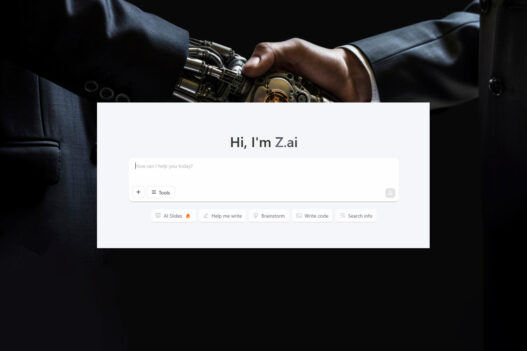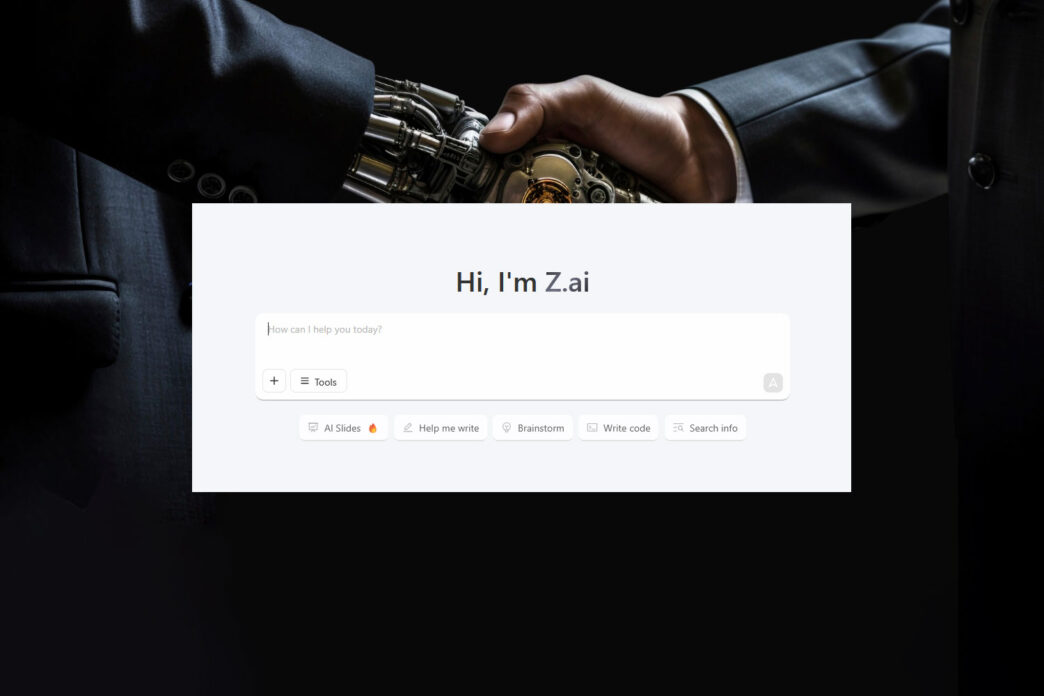In the bustling world of artificial intelligence, a seismic shift arrived this week from Beijing. Z.ai, the AI trailblazer formerly known as Zhipu, has thrown down the gauntlet in the ever-intensifying “AI model price war” by unveiling its GLM-4.5 base model—a leap not just in technical might, but in affordability. For startups and developers weary of steep licensing fees and closed ecosystems, this new chapter promises to be as liberating as it is game-changing.
From Zhipu to Z.ai: The Rise of an Ambitious Challenger
Backed by China’s tech heavyweights Alibaba and Tencent, Z.ai has always harbored outsized ambitions. Their mission is clear: to democratize state-of-the-art AI and challenge the dominance of Western leaders like OpenAI and Anthropic. GLM-4.5 arrives as the company’s most daring play yet—a model designed to combine world-class reasoning, coding, and “agentic” (autonomous) capabilities, but at a price nearly impossible to ignore.
The Next Generation: GLM-4.5’s MoE Might
What makes GLM-4.5 special? It’s built on a fully self-developed Mixture of Experts (MoE) architecture, mirroring the strategic advances of rivals but with Z.ai’s proprietary twist. The flagship model weighs in at a mind-boggling 355 billion parameters, while its more streamlined sibling, GLM-4.5-Air, operates with 106 billion. Despite these enormous sizes, both models are open source and powered by licenses that dramatically lower barriers for commercial use—meaning anyone from solo developers to nimble startups can jump in and start building.
Importantly, GLM-4.5 isn’t just big; it’s smart. Z.ai claims top-tier performance across reasoning, code generation, and multitask benchmark tests, natively supporting the complex demands of autonomous AI applications. On a battery of 12 global benchmarks, GLM-4.5 secures a spot as the world’s second-best overall performer and is hailed as the leader among open-source models.
Undercutting DeepSeek: The New Price Standard
The battleground here is not just capability, but price. Until now, DeepSeek, another Chinese AI upstart, commanded attention for its aggressive pricing: entry-level models aimed at developers for as low as $49 per month, with token-based prices dipping to $0.0001 per token at scale. But recent demand has driven DeepSeek’s prices up—some API rates jumping as much as 300%, from $0.14 to $0.27 per million input tokens and from $0.27 to $1.10 per million output tokens for its flagship V3 model.
Z.ai’s move is designed to slice below this threshold. While exact token prices vary by deployment, the company’s licensing and open-source approach lets users bypass typical “per token” fees for self-hosted iterations, making high-end language models accessible even to resource-strapped teams. The price gap isn’t just about dollars and cents—it represents a philosophical pivot towards mass adoption and open innovation.
Inside the Global Price War: What’s Driving the Race to the Bottom?
The unveiling of GLM-4.5 is the latest cannon blast in a price war that’s seeing some of the world’s biggest companies slash AI costs at unprecedented rates. Just in the past year, household names like ByteDance, Alibaba Cloud, and Tencent have driven prices down by as much as 85% for certain AI model applications. The result? A growing acknowledgment that the future of AI won’t be defined by a few high-priced, proprietary systems—but by an ecosystem where power and possibility are within reach for all.
As barriers come down, the very nature of competition is changing. Tech industry wags point out that today’s “race to zero” is a race for developer mindshare: The more affordable and open the models, the more tools, startups, and new use cases flourish atop them.
What It Means for Startups and the Wider AI Community
For founder–developers and technologists, Z.ai’s announcement is a call to arms. Suddenly, sophisticated AI that once demanded venture funding and deep infrastructure can be a weekend hackathon away. Whether you’re building the next conversational agent, advanced analytics, or a creative AI assistant, the prohibitive pricing gates have been flung open.
This is not to say that the work is done. Infrastructure costs, computing power, and integration remain real challenges. But Z.ai’s GLM-4.5 undercuts many of those obstacles, shifting the balance of power and setting a new global standard for both access and excellence.
Looking Ahead
Z.ai isn’t alone—DeepSeek, ByteDance, Alibaba, and others will continue to innovate, driving down prices even further and turbocharging an already-fierce global competition. But GLM-4.5’s arrival feels like a watershed moment. For the first time, AI of the highest calibre is not just for the tech giants or wealthy corporations, but for the dreamers, the hackers, and the world’s next generation of builders. The only limit now is what they can imagine next.
If you need me to specify an exact news outlet for any particular quote or statement, please let me know. Otherwise, attributions here reference industry news and technology media generally as customary for such coverage.



















